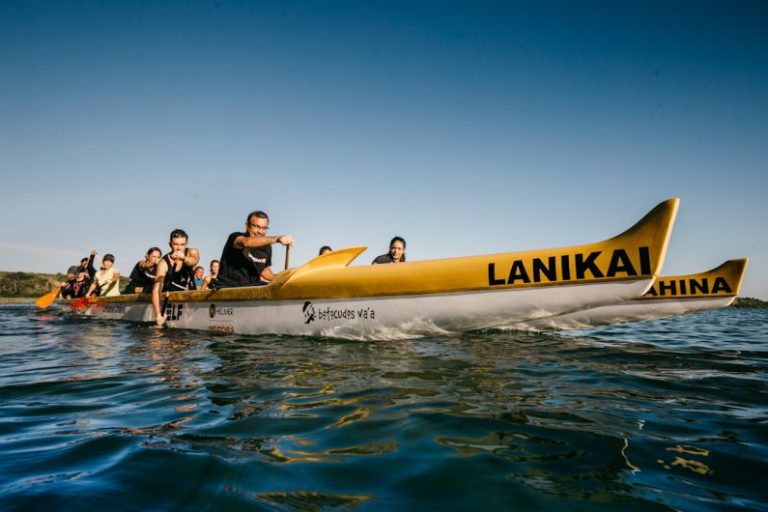
Rowing is a sport that requires a delicate balance of power, technique, and precision. Athletes who engage in rowing understand the importance of every aspect of their equipment and their physical abilities. One crucial element in rowing performance that often goes unnoticed is the role of oars. These seemingly simple tools play a significant role in the success of rowers, impacting their speed, stability, and overall efficiency on the water.
The Anatomy of Oars
Oars may appear as straightforward tools with a blade at one end and a handle at the other, but their design is more intricate than meets the eye. The length, shape, material, and weight of oars all contribute to their functionality and the performance of the rowers.
Length: The length of oars can vary depending on the type of rowing being performed. Sculling oars, used by rowers with two oars, are typically shorter than sweep oars, which are used in rowing with one oar per rower. The length of the oars impacts the leverage and power that rowers can generate, making it a critical factor in rowing performance.
Shape: The shape of the oar blade is designed to maximize the amount of water that can be moved with each stroke. The blade’s surface area, width, and curvature all play a role in how efficiently the oar can propel the boat forward. A well-designed blade can increase the rower’s ability to catch and pull through the water effectively.
Material: Oars are commonly made from materials such as wood, carbon fiber, or aluminum. The choice of material affects the oar’s weight, durability, and flexibility. Lightweight materials like carbon fiber are favored for their ability to reduce fatigue and increase responsiveness in the water.
Weight: The weight of the oars influences the rower’s ability to handle them efficiently and maintain a consistent stroke rate. Heavy oars can be taxing on the rower’s muscles and slow down the boat’s speed, while lightweight oars allow for quicker recovery and smoother strokes.
The Role of Oars in Rowing Performance
Oars are not merely tools for propelling the boat forward but are integral to the rowing stroke and overall performance on the water. Understanding how oars impact rowing performance can help athletes optimize their equipment and technique for better results.
Power and Efficiency: Oars serve as the connection between the rower’s strength and the water, translating their power into forward motion. Well-designed oars with the right length and shape can maximize the rower’s ability to generate power with each stroke, leading to greater speed and efficiency on the water.
Balance and Stability: Oars play a crucial role in maintaining balance and stability in the boat. Properly balanced oars help distribute the rower’s weight evenly and prevent the boat from tipping or veering off course. The right oars can give rowers confidence in their strokes and allow them to focus on technique and power without worrying about instability.
Technique and Control: Oars are essential tools for refining rowing technique and control. The design of the oar blade and handle influences how rowers catch, pull, and release the water, shaping their stroke mechanics. By using oars that complement their technique, rowers can achieve smoother, more controlled strokes and improve their overall performance on the water.





